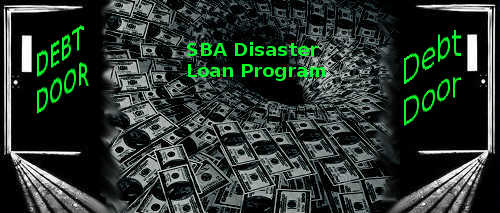By Murray Wennerlund published 11-1-2022 updated 11-1-2022
|
|
|

By Murray Wennerlund published 7-19-2018 updated 7-19-2018

By Murray Wennerlund published 7-19-2018 updated 7-19-2018
SBA continues to be a haunting reminder of the 2016 disasters in the state of Louisiana. By providing low income households loans without regard to the ability to repay has setup Louisiana Flood survivors as future bankruptcy victims of the Federal Disaster Loan Program distributed by the Small Business Administration (SBA).
Soon neighbors that were devastated by the historical 2016 floods will be abandoning their homes due to serious debt burden the Governor of the State of Louisiana promised he would address when asking the federal government for disaster relief funds.
Today with new policy to restrict access to money by the low and moderate income households of Louisiana debt and poverty is surely to overwhelm already debt stressed communities.
Are their any policies designed to protect the community from a serious and real threat of blight?
Office of Inspector General's (OIG's) Report on the Most Serious Management and Performance Challenges Facing the Small Business Administration in Fiscal Year 2018.
(SBA_OIG_Report_18-01.pdf)